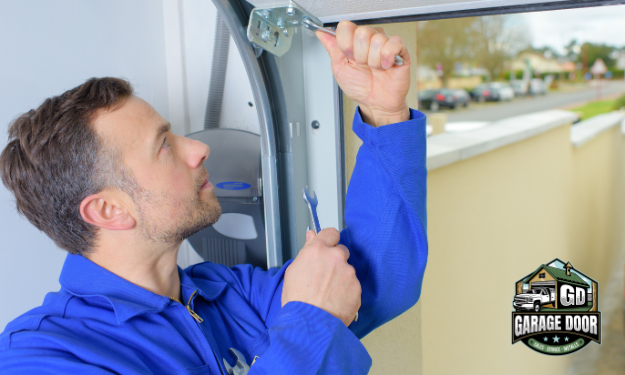Garage Door Spring Replacement
The operating components also affect functionality. Torsion springs mount horizontally above the door to counterbalance weight. Extension springs run vertically along the track to provide lifting assistance. High tension means springs require professional service yearly. Steel lifting cables connect the bottom of garage doors to the spring mechanism, requiring inspection and occasional replacement over time. Nylon or steel rollers fit within panel hinges to smoothly guide doors along the tracks, needing lubrication and adjustments eventually. U-shaped metal tracks secured to walls contain vertical tracks and horizontal tracks, allowing rollers to shift direction and requiring alignment if tracks get bumped over years of opening and closing. Hinges join panels together while additional hardware connects to the tracks and springs. Proper tightening and fastening prevents noise or damage. Rubber seals around panel edges block air, dust, rain and snow from infiltrating garage interiors. Motorized openers mount to ceilings to automatically lift doors via remote controls, keypads or smart devices for convenience and mobility.



